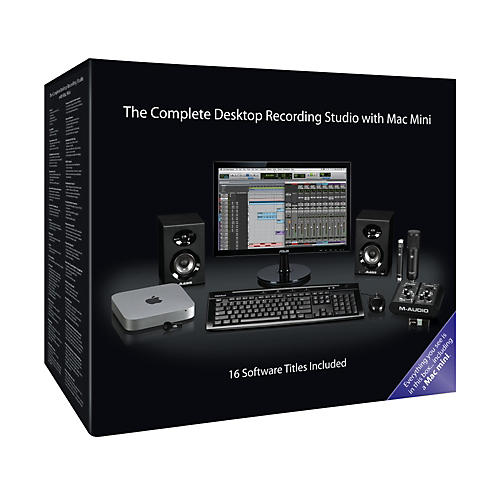

I understand this is probably marketing-speak, but then I have also watched videos of music producers trying to bog down M1 Mac Minis with 100+ tracks and resource-intensive plugins without dropouts.

Now, I’ve read that Apple’s silicon chips handle RAM “differently” and you need to throw previous expectations about RAM usage out the window with these newer systems.
#Mac mini for music production pro
First introduced in the 13 MacBook Pro, Mac mini and iMac, the new M1 (and the even newer M1 Pro and M1 Max) chips promise significantly enhanced performance for music production, mixing and other pro audio tasks. So a more intensive project for me basically chews up about 6GB of RAM on this gaming laptop. Since the new M1 ARM-based Silicon chip debuted, Apple’s computer landscape has been going through a radical change.

I’d like to have a buffer of up to 50 tracks and can’t envision myself ever needing more than that.Īn example of a standard “busier” project: U-he Diva is probably the most intensive VST I use on occasion. On average, my Cubase projects include around 25-30 tracks with a few plugins and VSTs loaded (usually a single instance of Superior Drummer 3, about five instances of Helix Native, often a few synths/sample libraries, plus some reverb plugins). I need to emphasize that I don’t work professionally in music production or video editing - I simply record backing tracks for YouTube and recreate my favourite songs for fun. I’m looking for some feedback from those of you who have experience with music production and the M2/M1.įor some context, I’m currently using a gaming laptop (RTX 3060, Ryzen 7 5800H 3.20 GHz, 16GB RAM) for various hobbies, including light music production/video editing.


 0 kommentar(er)
0 kommentar(er)
